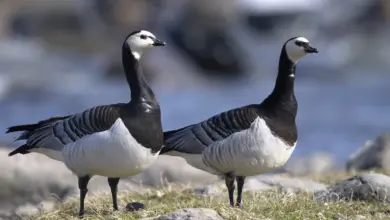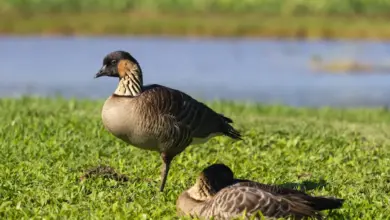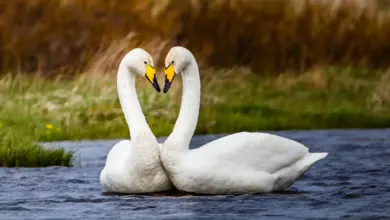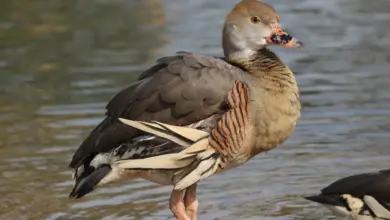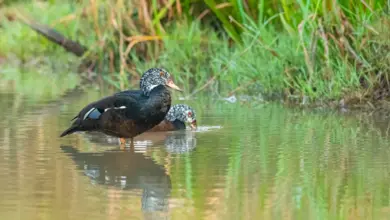The Argentine Blue-bills Ducks or Argentine Lake Duck or Argentine Ruddy duck (Oxyura vittata) is a small South American stiff-tailed duck.
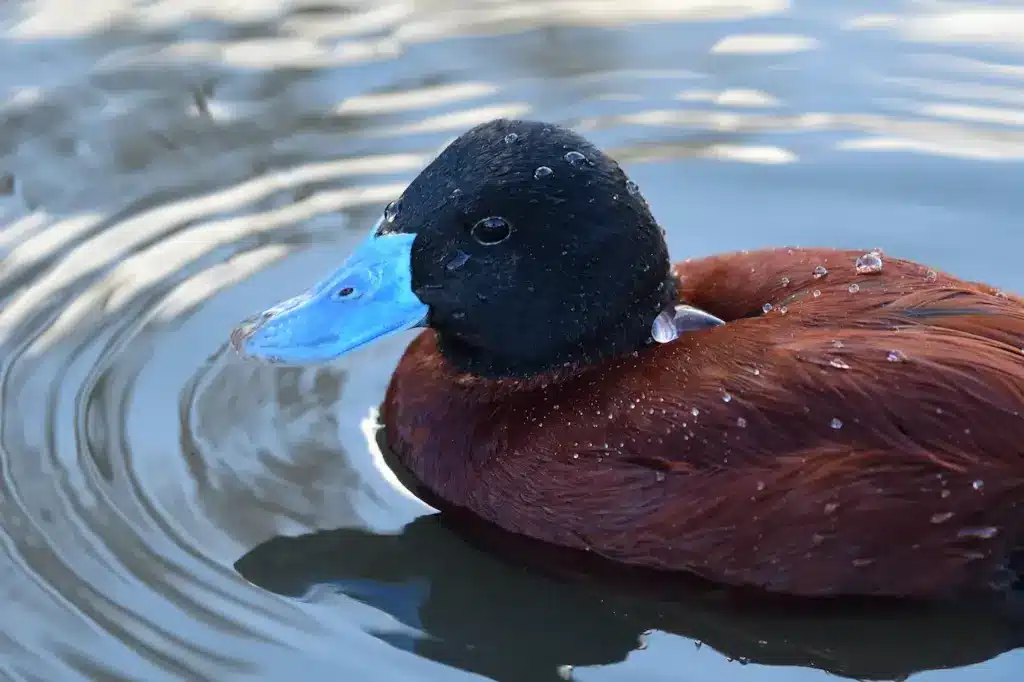
Distribution / Range
Chile and Argentina, sometimes migrating in winter to southern Brazil and Paraguay.
Clumsy on land since their legs are set unusually far back. They spend most of their time in water where they feed by diving, and rarely fly.
Description
Lake ducks are small, around 640 grams (23 oz), and about 40 cm (16 inches) in length. The male duck (or drake) has a black head, reddish-brown body, and blue bill. The female is less colorful, with a brown body, white throat, and a white horizontal stripe on the side of the head below the eyes.
It is notable for possessing, about body length, the longest penis of all vertebrates; the penis, which is coiled up in a flaccid state, can reach about the same length as the animal itself when fully erect, but more commonly is about half the bird’s length.
It is theorized that the remarkable size of the spiny penis with its bristled tip may have evolved in response to competitive pressure in these highly promiscuous birds, removing sperm from previous matings in the manner of a bottle brush.
Although most male birds have no penis, ducks have a long corkscrew penis, and the females have a long corkscrew vagina, which spirals in the opposite direction.
The males often try to force copulation, but the complex mating geometry allows the females to retain control—most of the forced copulations do not result in successful fertilization.
They have found Argentinan blue-billed duck with a 17-inch penis fully erected
Diet / Feeding:
Ducks generally feed on larvae and pupae usually found under rocks, aquatic animals, plant material, seeds, small fish, snails, and crabs.
Feeding Ducks …
We all enjoy ducks and many of us offer them food to encourage them to come over and stay around – and it works! Who doesn’t like an easy meal?
However, the foods that we traditionally feed them at local ponds are utterly unsuitable for them and are likely to cause health problems down the road. Also, there may be local laws against feeding this species of bird – so it’s best to check on that rather than facing consequences at a later stage.
- Foods that can be fed to Ducks, Geese, and Swans to survive cold winters and remain healthy when food is scarce in their environment.
Please note that feeding ducks and geese makes them dependent on humans for food, which can result in starvation and possibly death when those feedings stop. If you decide to feed them, please limit the quantity to make sure that they maintain their natural ability to forage for food themselves – providing, of course, that natural food sources are available.

